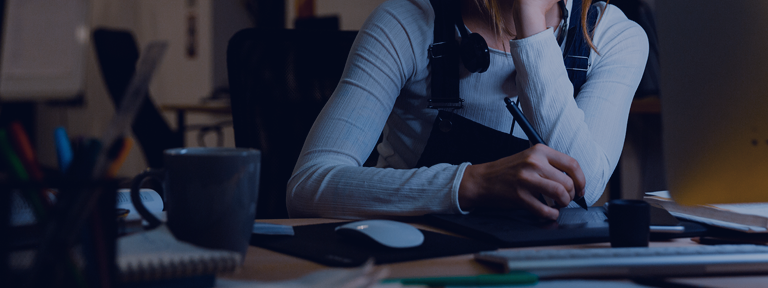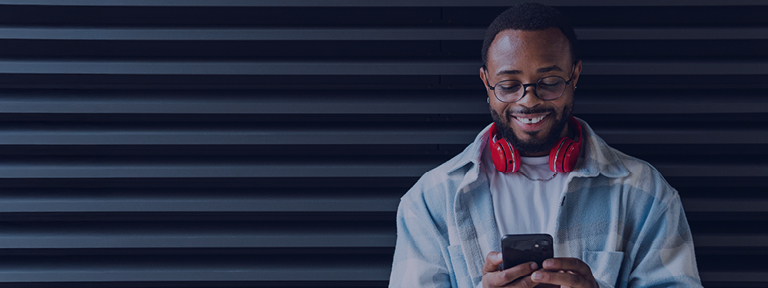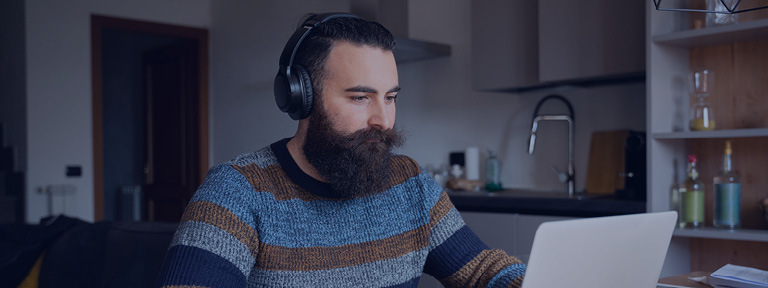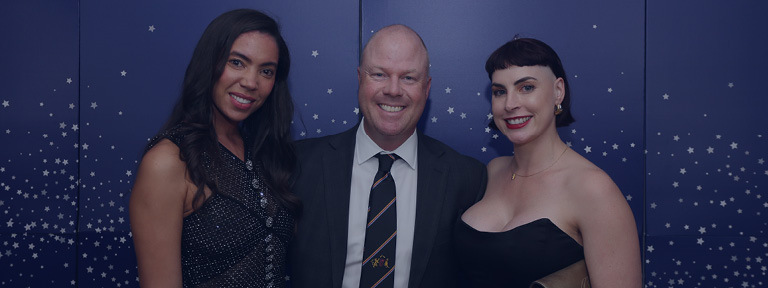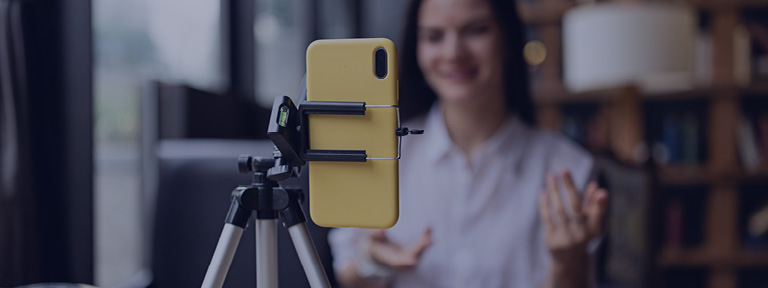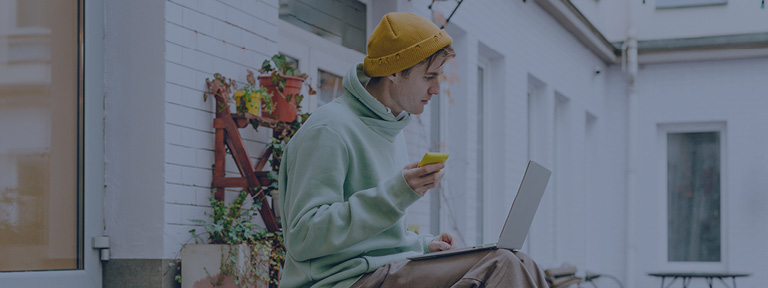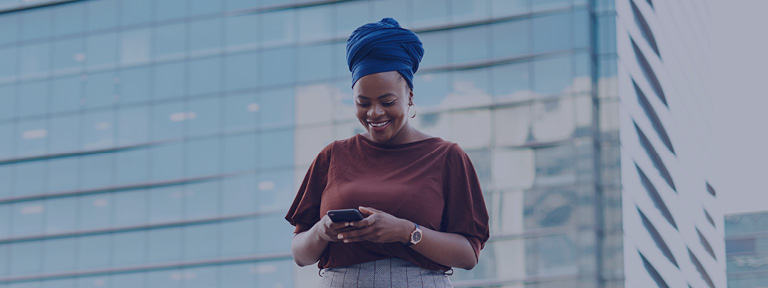Insights
21 August 2024
How AI is Transforming the Creative Sector
Artificial Intelligence (AI) has been transforming industries across the globe, and the creative sector is no exception. From design and content creation to music and film production, AI is leaving its mark in ways that were once thought impossible. While this rapid technology integration might seem daunting, it’s crucial to understand that AI is not…
Artificial Intelligence (AI) has been transforming industries across the globe, and the creative sector is no exception. From design and content creation to music and film production, AI is leaving its mark in ways that were once thought impossible.
While this rapid technology integration might seem daunting, it’s crucial to understand that AI is not here to replace human creativity. It’s here to enhance it. In fact, now is a better time than ever for creative professionals to embrace AI, learn its benefits, and leverage it to their advantage.
As companies increasingly seek out talent who can harness the power of AI, those who can combine creativity with technology will stand out in the job market.
The rise of AI in the creative sector
AI’s presence in the creative industry is growing at an unprecedented rate, and AI-powered tools are now capable of generating music, designing logos, editing videos, and even writing articles. These advancements increase efficiency, helping creative teams automate repetitive tasks and allowing more time to focus on complex, value-driven projects. For example, Adobe’s Sensei AI can automatically tag images, suggest edits, and even predict the best time to post content based on engagement data.
Generative AI, a subset of AI that creates new content based on existing data, is making waves. Platforms like DALL-E and MidJourney can generate unique visual artwork from simple text prompts, opening up new possibilities for designers and artists. Similarly, tools like ChatGPT and Jasper assist writers in brainstorming ideas, drafting content, and even creating entire pieces of work. This integration of AI in the creative process is not about replacing the artist or writer. It’s about expanding their toolkit, allowing for greater experimentation and innovation.
Human creativity is unique and irreplaceable
Despite these advancements, it’s important to remember that AI, no matter how sophisticated, lacks the innate creativity, emotion, and cultural understanding humans bring. AI can mimic creativity but cannot replicate the nuanced decision-making and originality that human creators provide.
While AI can generate a piece of music, it cannot experience the human emotions that inspire a genuinely moving composition. AI operates on data and patterns and excels in areas with clear rules and objectives, but it lacks consciousness and struggles with ambiguity and out-of-the-box thinking.
AI skills for creatives to embrace
Creative professionals who can effectively use AI will be in increasingly high demand. The key is not to view AI as a competitor but as a collaborator. By understanding how AI works and how it can be integrated into the creative process, creatives can amplify their work, produce higher-quality content faster, and explore new creative territories. For example, a graphic designer who uses AI tools can prototype designs, test different styles, and respond to client feedback more efficiently. Similarly, a copywriter who leverages AI can quickly generate content variations and focus more on refining the messaging and tone to align with a brand’s voice.
The creative industry is also seeing a shift in skills that are in demand. As AI handles more technical and repetitive tasks, there is a growing emphasis on skills like storytelling, strategic thinking, and emotional intelligence. Humans naturally excel in these areas, and AI cannot easily compete. Therefore, creative professionals should focus on honing these soft skills alongside their technical abilities, as these will be the differentiating factors in the future job market.
Interdisciplinary skills driving an explosion of ideas
The integration of AI in the creative sector is opening up numerous opportunities. New roles, such as AI trainers, creative technologists, and data-driven creatives, are emerging that didn’t exist a few years ago. These roles blend creative and technical expertise, highlighting the increasing importance of interdisciplinary skills.
AI is democratising creativity by making sophisticated tools accessible to a broader audience. This means that individuals who may not have traditional artistic training can still produce high-quality creative work. As more diverse voices enter the creative space, this democratisation is likely to lead to an explosion of new ideas and innovations.
Embrace AI as your creative colleague
In conclusion, while AI is reshaping the creative industry, it is not a threat but an opportunity. Creative professionals who embrace AI and learn how to use it effectively will remain relevant and thrive. The collaboration of human creativity and AI technology offers the potential for unprecedented innovation. So, rather than fearing AI, creatives should see it as a powerful tool that, when used correctly, can enhance their work and open up new possibilities.
In an industry where companies are increasingly looking for employees who can make AI work for them, there has never been a better time to upskill and stay ahead of the curve. The future of creativity is bright, and it is one where humans and AI will work hand in hand.
For expert advice and exciting new roles within the creative industry, contact Source.
Related blog
Check out the latest in creative industries and recruitment.
